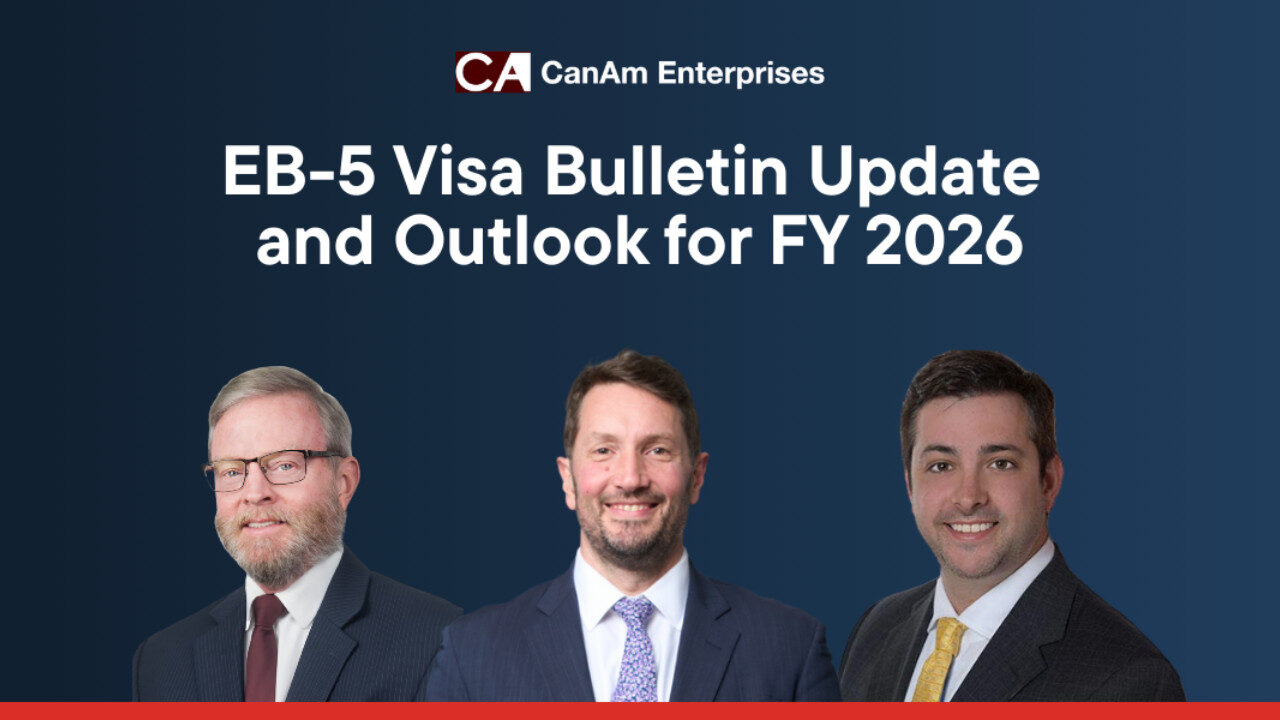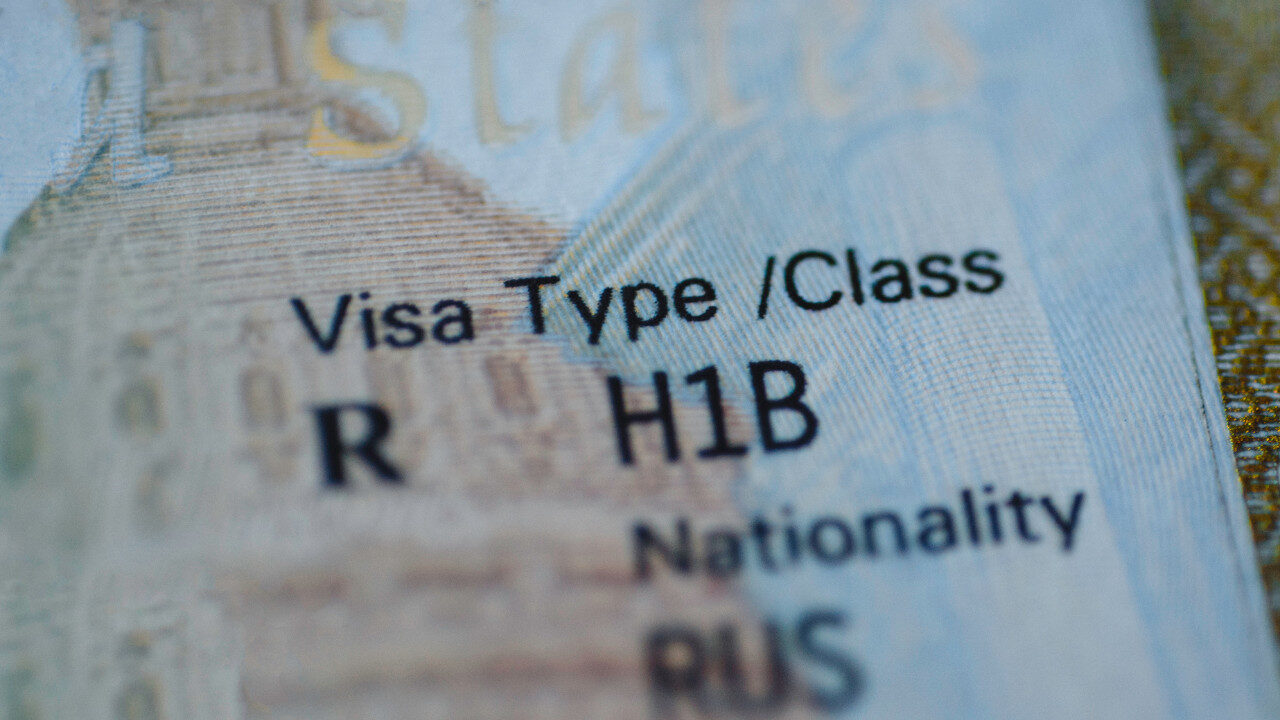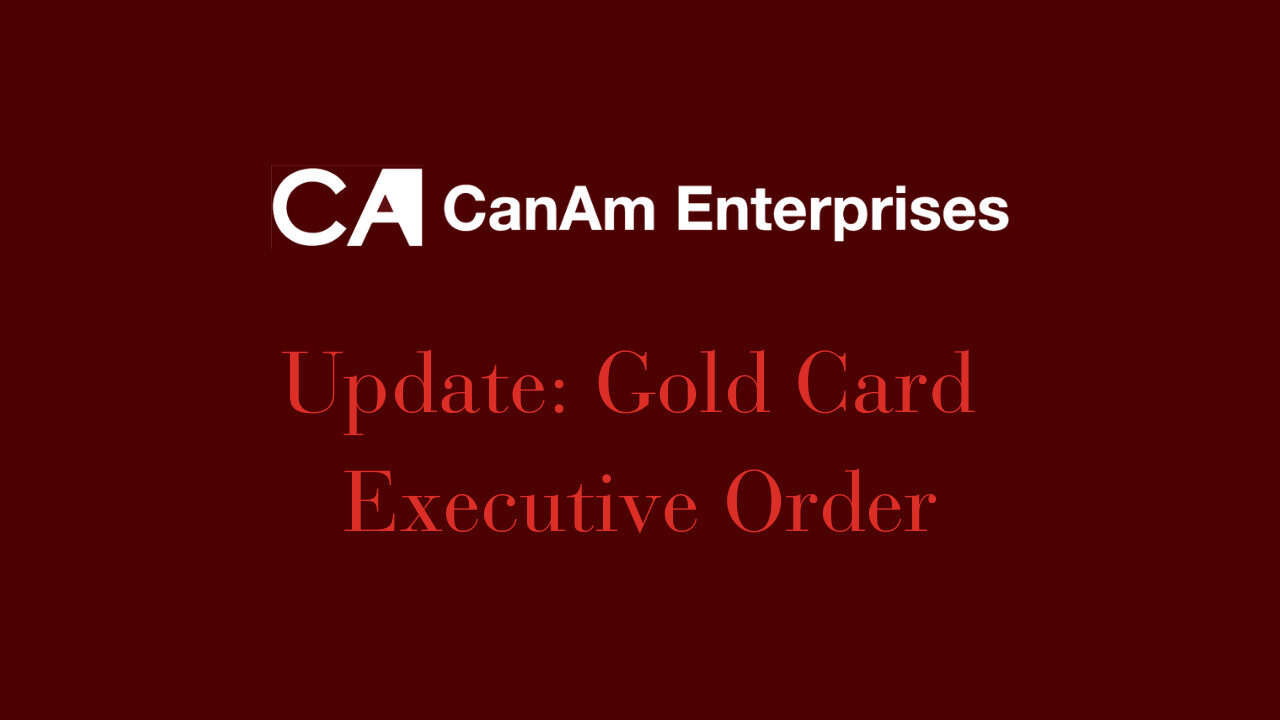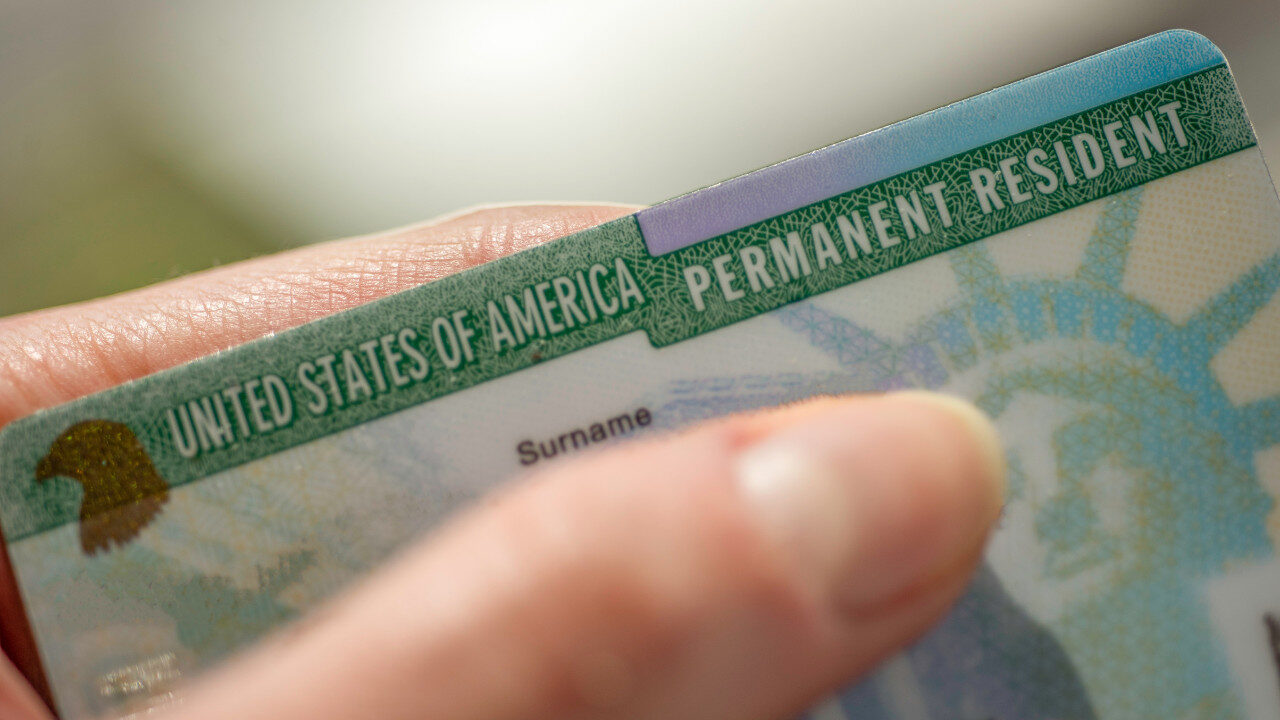In the ever-changing world of EB-5 visa processing, global demand is reshaping long-held assumptions. While most headlines have focused on the recent EB-5 retrogression for China and India, a new concern is emerging: whether unreserved EB-5 applicants from the rest of the world could soon face final action date cutoffs.
In Part 3 of CanAm’s EB-5 Visa Bulletin Update Series, we explore what’s causing this shift, the risk of rest-of-world retrogression, and how the so-called “ping-pong effect” is creating new volatility in visa eligibility for investors across the globe.
What Is Happening with EB-5 Rest-of-World Visa Availability?
For the first time in the history of the EB-5 Program, there is a real possibility that unreserved EB-5 visa applicants from countries outside China and India may face temporary retrogression. This means that final action dates—previously only a concern for high-demand countries—could be imposed on “rest-of-world” applicants.
According to Charlie Oppenheim, former Chief of the Visa Control Office at the U.S. Department of State, this development is due to higher-than-expected visa usage by China and India earlier in the fiscal year. As a result, the EB-5 visa cap for unreserved categories may be reached before the end of FY2025, forcing the government to temporarily halt further visa issuances—even for countries that have historically remained “current.”
As Oppenheim warned:
“They used far more numbers for India and China than they had expected… they may need to impose a rest-of-world date, possibly at the end of the summer.”
What Is the Ping-Pong Effect in the EB-5 Visa Bulletin?
The ping-pong effect refers to the month-to-month volatility in EB-5 Visa Bulletin final action dates. Visa availability dates advance one month, only to move backward the next. This back-and-forth motion has become increasingly common—and frustrating—for investors and attorneys alike.
Why is this happening?
It stems from a shift in strategy by the State Department. Instead of advancing dates gradually based on demand, they now push dates forward to generate demand—then pull them back if visa allocations run out.
“It’s better to go slowly and advance steadily,” said Oppenheim. “These ping-pong effects are happening more often—and they impact investor planning.”
For EB-5 applicants, this can mean sudden delays, canceled consular interviews, and added uncertainty around green card timelines.
Will Rest-of-World Retrogression Actually Happen?
It’s not just a theoretical risk. A footnote in the most recent EB-5 Visa Bulletin explicitly warned that unreserved visa cutoffs for rest-of-world applicants may be imposed before the end of FY2025.
While such a cutoff would likely be temporary—expiring at the start of FY2026 in October—it could still disrupt thousands of pending cases in the meantime.
“Even rest-of-world applicants may see appointments delayed or canceled,” said Joey Barnett, Partner at WR Immigration. “But it should reset in October.”
If imposed, this would mark the first time EB-5 investors from countries like Vietnam, Brazil, South Korea, or South Africa could face final action date restrictions under the unreserved category.
Strategic Goals: Clearing the Backlog and Maximizing Visa Use
There’s a broader strategy at play. By slowing down visa usage temporarily and addressing backlogs now, the State Department aims to process as many rest-of-world unreserved EB-5 cases as possible this fiscal year.
This benefits future applicants by reducing pending demand and creating a cleaner slate for FY2026.
“There are still thousands of rest-of-world investors waiting from as far back as 2019,” Barnett explained. “If the government can process 5,000 to 6,000 of those cases this year, it frees up future visa allocations.”
So while the near-term impact may be frustrating, the long-term goal is greater efficiency and more reliable movement in the Visa Bulletin going forward.
What Should EB-5 Investors from Rest-of-World Countries Do Now?
If you are an EB-5 investor from a country not traditionally subject to retrogression, here are some action steps:
- Keep your visa appointment: Don’t reschedule unless absolutely necessary. Retrogression can strike suddenly, and missed opportunities may not come back.
- Act quickly if eligible: If your priority date is current, work with your attorney to move forward before the next Visa Bulletin.
- Monitor Visa Bulletin updates: Expect more volatility through the summer months and stay in close contact with your immigration team.
- Think long-term: Temporary retrogression may open the door for faster processing in 2026.
As Pete Calabrese, CEO of CanAm Investor Services, reminds us:
“Every visa bulletin is a new roll of the dice. Today’s opportunity might be gone tomorrow.”
Final Thoughts: Temporary Disruption, Long-Term Opportunity
While the prospect of rest-of-world EB-5 retrogression is unsettling, it’s important to view it in context. Any cutoff would likely be brief, lasting only until October 2025. And the benefits of clearing the current backlog may lead to faster visa approvals and reduced processing times in the future.
For EB-5 investors around the world, the key is adaptability. Visa availability is no longer just a concern for China and India—it’s a global issue. Staying informed, acting strategically, and working with experienced immigration professionals will be critical in navigating what’s next.





